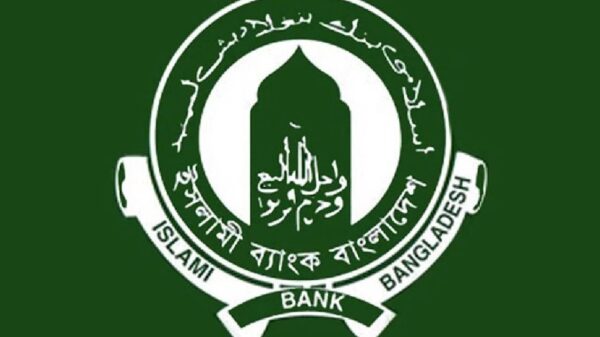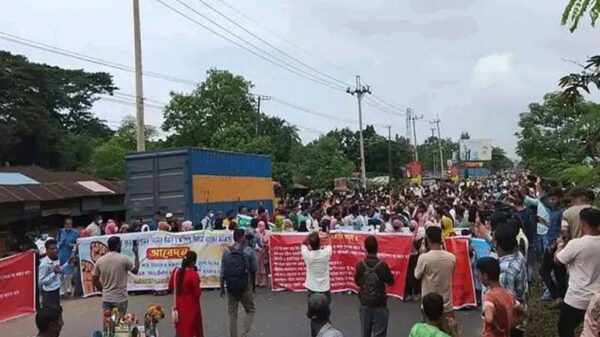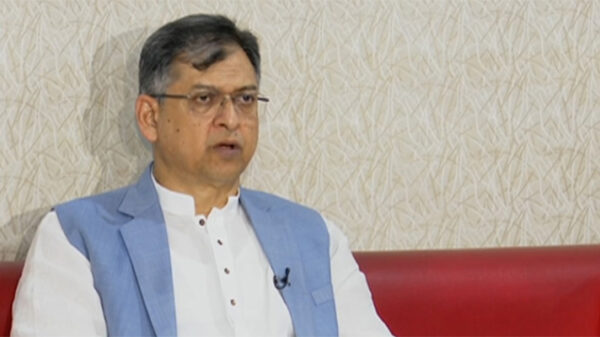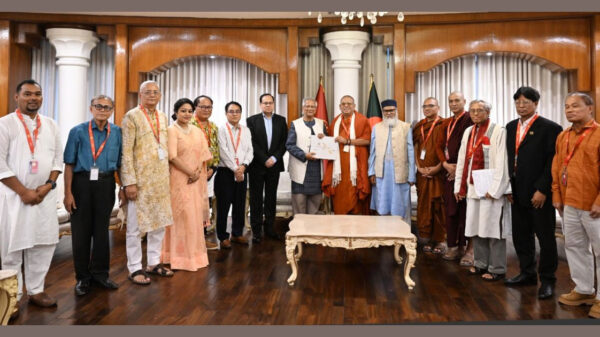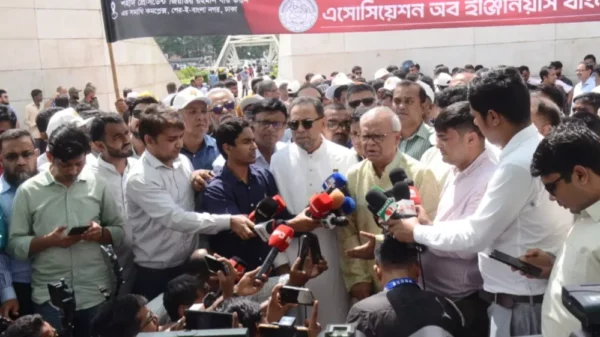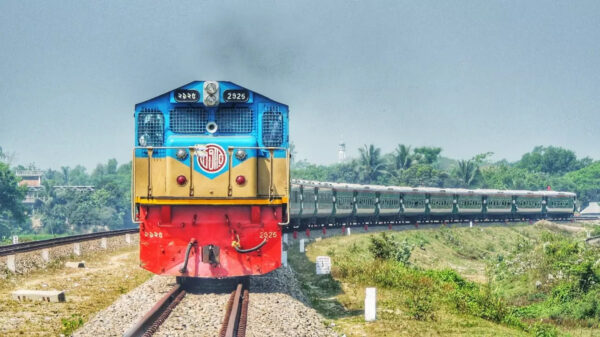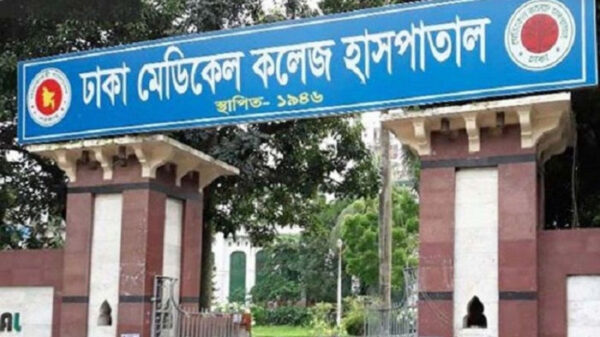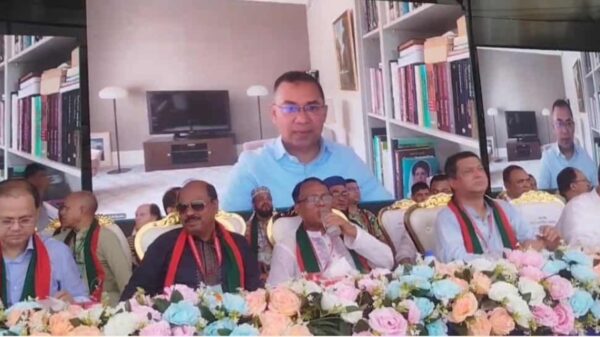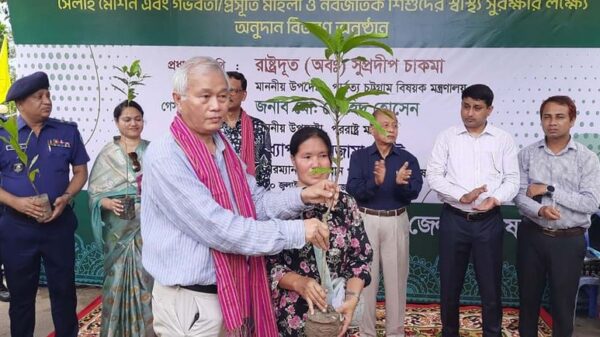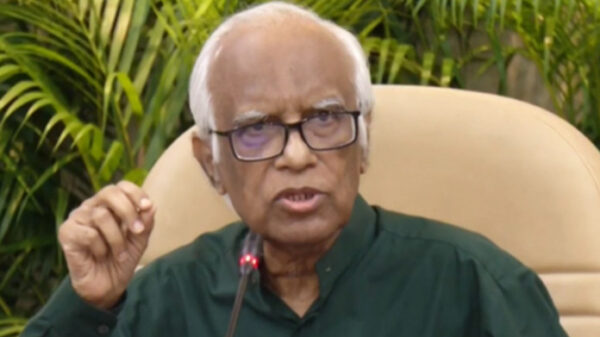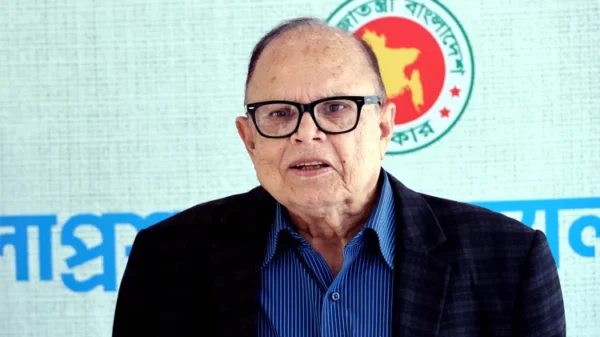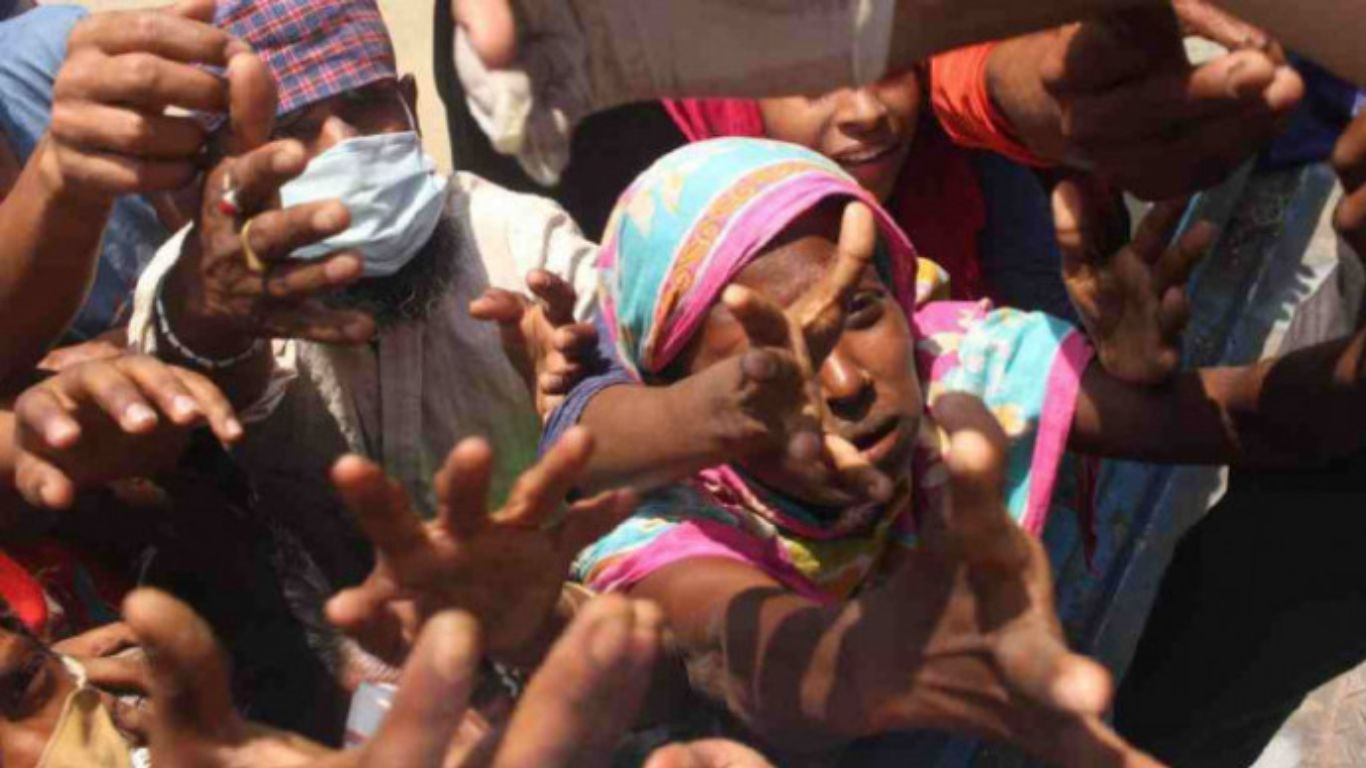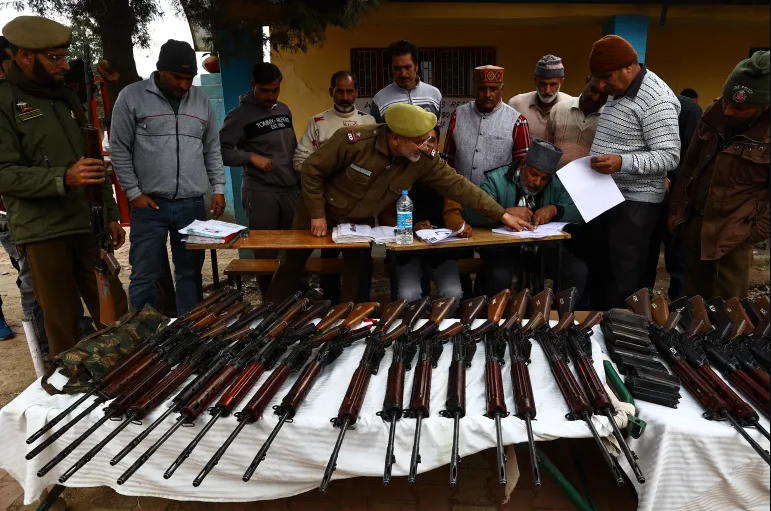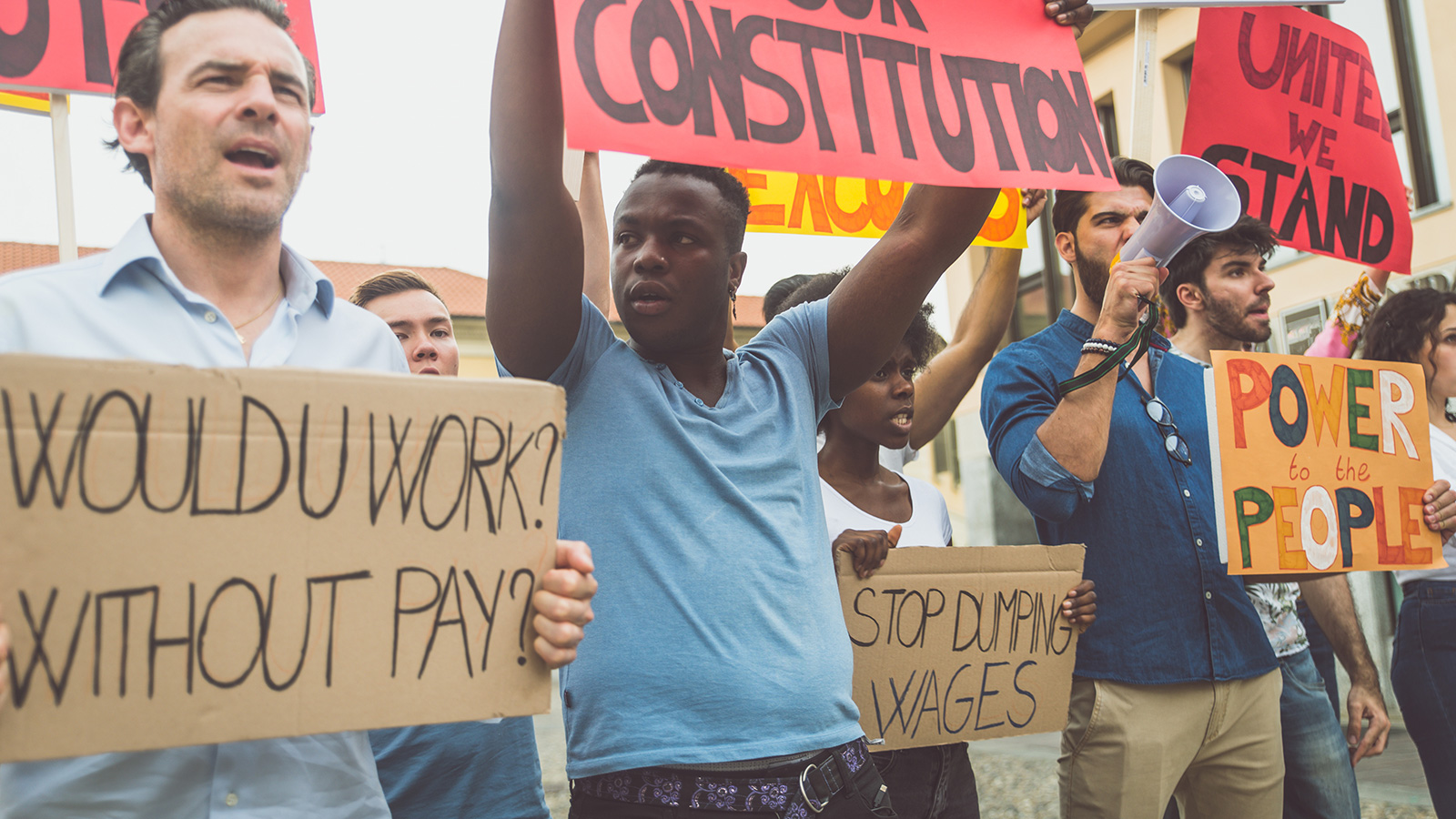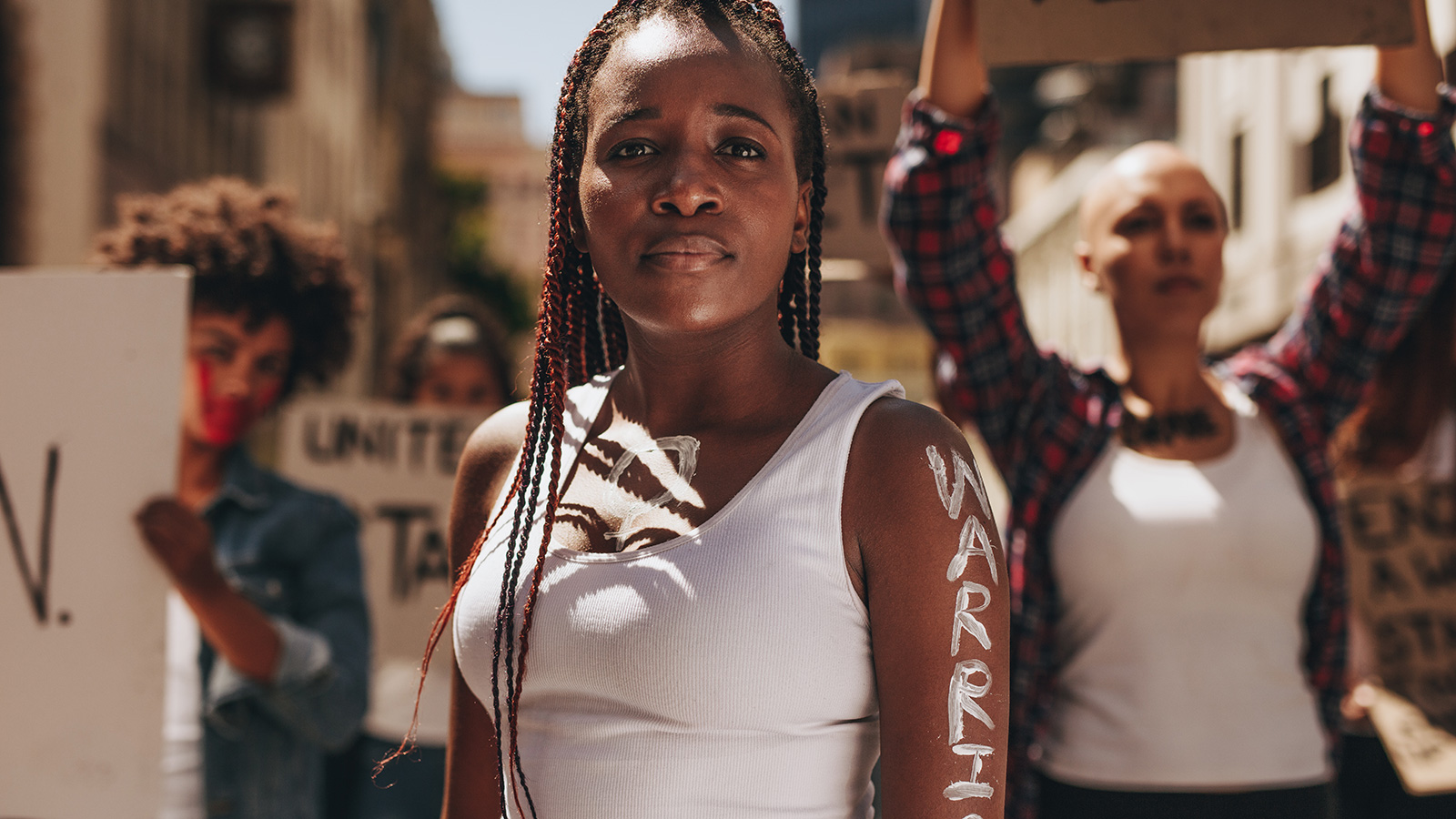Staff Reporter:
Some 4.17 crore people in Bangladesh are living in multidimensional poverty, with 6.5% of the population facing severely dire conditions, a UNDP report says, painting a grim picture of the country’s poverty crisis.
Multidimensional poverty is defined as people being deprived in a range of health, education and living standards indicators, as a way to depict a broader picture of poverty crisis beyond the traditional income-based model. On the other hand, suffering extreme poverty is defined as living below the International Poverty Line of $1.90 per day.
The UNDP report, titled “Global Multidimensional Poverty Index 2024: Poverty Amid Conflict”, was published with support from Oxford Poverty and Human Development Initiative of the Oxford University on Thursday.
The report identifies poor living standards as the largest contributor to Bangladesh’s poverty rate, accounting for 45.1% of the poverty index. Education and health factors also play significant roles, contributing 37.6% and 17.3%, respectively.
Globally, the report reveals that 110 crore people are living in multidimensional poverty, with nearly half residing in conflict-affected regions. A staggering 83% of those living in multidimensional poverty are found in African and South Asian countries, further highlighting the regional challenges.
In South Asia, an alarming 27.2 crore people live in households where at least one member suffers from malnutrition, underscoring the severe health and nutritional issues that compound poverty in the region.
This latest UNDP report calls attention to the urgent need for targeted interventions to address the root causes of poverty and improve living conditions for millions in Bangladesh and beyond.


